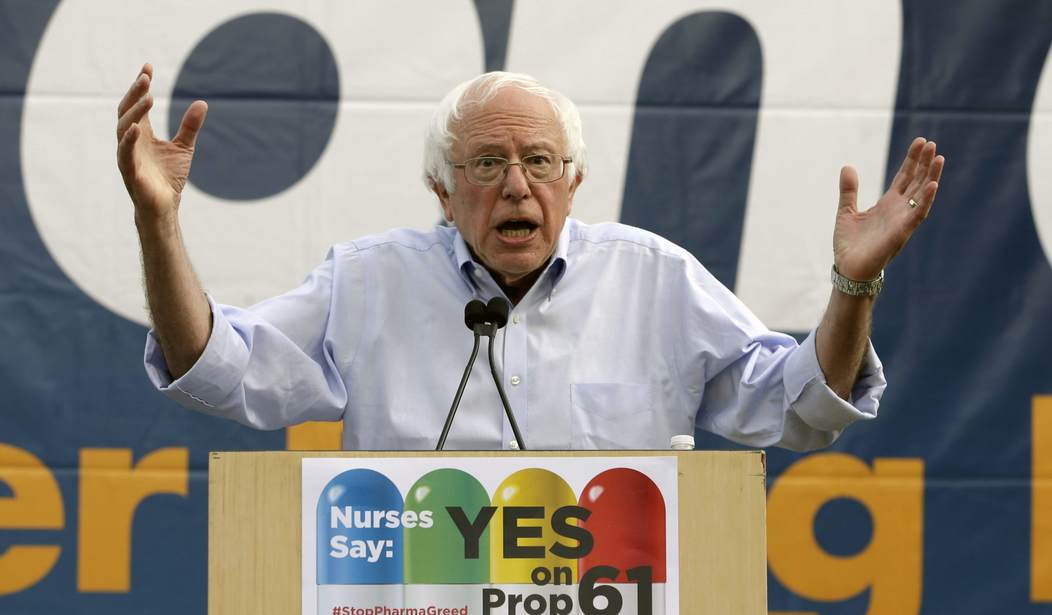During the campaign, Donald Trump promised many things: he would repeal Obamacare and replace it with a bill guaranteeing every American would have affordable health insurance, and no changes would be made to Medicare, Medicaid, and Social Security. It seemed so easy then; after his inauguration, it was another story. As he told reporters: “Nobody knew healthcare could be so complicated!”
Something else is turning out to be more complicated than the president imagined: bringing down the high cost of prescription drugs.
Last August, the situation received national attention when Mylan, a pharmaceutical company, raised the price of its auto-injector, which calibrates and delivers the correct dosage of epinephrine to someone going into anaphylaxis — a life-threatening allergic reaction. Mylan acquired the auto-injector in 2007 when the pens cost $57; today they can cost $500. In 2015, the company’s profits reached $1.2 billion. All this for a device to deliver a drug that costs $1 a dose.
Trump said the pharmaceutical companies were “getting away with murder,” and that bringing down prices was going to be a top priority for him. On January 10, he stated that Big Pharma “had a lot of lobbyists and a lot of power.” A few weeks later, he claimed that the government would save $300 billion a year if it could negotiate drug prices. (A doctor at MTS Health Partners says that it is closer to $16 billion a year.)
Of special concern are the high prices pharmaceutical companies charge Medicare because it is on such a large scale. One solution would be for the government to negotiate directly with the companies on prices, as they do in other countries like Canada and Britain. In 2005, when the Bush administration added a new prescription drug benefit, Medicare Part D, something along these lines might have been considered. However, there were objections to this new entitlement from conservatives. To get it through Congress, a “noninterference clause” was added prohibiting the federal government from negotiating directly with pharmaceutical companies on drug prices.
Today, repealing this clause could possibly clear the way to bring drug prices down. However, conservatives in Congress are still opposed: Government control of prices is anathema to them as well as to HHS Secretary Tom Price. It might not even solve the problem. They point out, among other things, that while Medicare recipients would save money, drug prices could still be raised on drugs sold to private insurers and corporations that provide their employees with drug benefits.
The drug companies argue that reducing prices and profits would “stifle innovation” and “prevent them from investing in new lifesaving drugs.” It could have the effect of bringing down the value of pharmaceutical stocks. Trump has been trying to court the drug companies, urging them to bring back their manufacturing operations to the U.S.. He promises to cut regulations, lower taxes, and to speed up the Food and Drug Administration’s consideration of new drugs.
But he was still insisting on lowering drug prices. As he told a meeting of pharmaceutical executives on Jan 31:
You folks have done a terrific job over the years, but we have to get prices down for a lot of reasons … We have no choice. For Medicare for Medicaid, we have to get the prices way down.
In the Chicago Tribune, Joe Nocera reported that Trump began the meeting stating that he was in favor of using the government’s bargaining power to bring down drug prices, but that he had changed his tune by the time it was over.
Trump explained:
I’ll oppose anything that makes it harder for smaller, younger companies to take the risk of bringing their product to a vibrantly competitive market. That includes price-fixing by the biggest dog in the market, Medicare, which is what’s happening.
On March 7, Trump again appeared to take a different approach. He tweeted:
[W]orking on a new system where there will be competition in the drug industry. Pricing for the American people will come way down.
Trump’s dilemma, or perhaps opportunity, is that his allies in this quest are only Democrats. During the campaign, he took the same position as both Hillary Clinton and Bernie Sanders that drug prices had to be reduced. Sanders has said that he looks “forward to working with President Trump on this issue if he is serious about standing up to the pharmaceutical industry and reducing drug prices.” He said that he is planning on introducing legislation soon which will allow Medicare to negotiate for lower drug prices.
The next day, Trump met privately for an hour with Rep. Elijah Cummings (D-MD), Rep. Peter Welch (D-VT), and Secretary Price to discuss ways to bring down drug prices. The Democrats handed Trump and Price their most recent draft of a bill that would expand the federal government’s ability to negotiate drug prices, and asked for their review of it and their comments. They planned to introduce the bill soon. The two representatives left feeling optimistic. Cummings said Trump “made it clear to us that he wanted to do something,” and added that Trump was enthusiastic and aware of the problem.
The president is in a quandary. How will he achieve his goal of lowering drug prices in the face of resistance from both his own party and Big Pharma, while at the same time enjoying the support of Democrats? Will he fulfill his promises by standing with liberal Democrats, or disregard them and stand with conservatives and Republicans? Whatever path Trump decides upon, we await yet another political fight and pressure on the president from all sides.









Join the conversation as a VIP Member